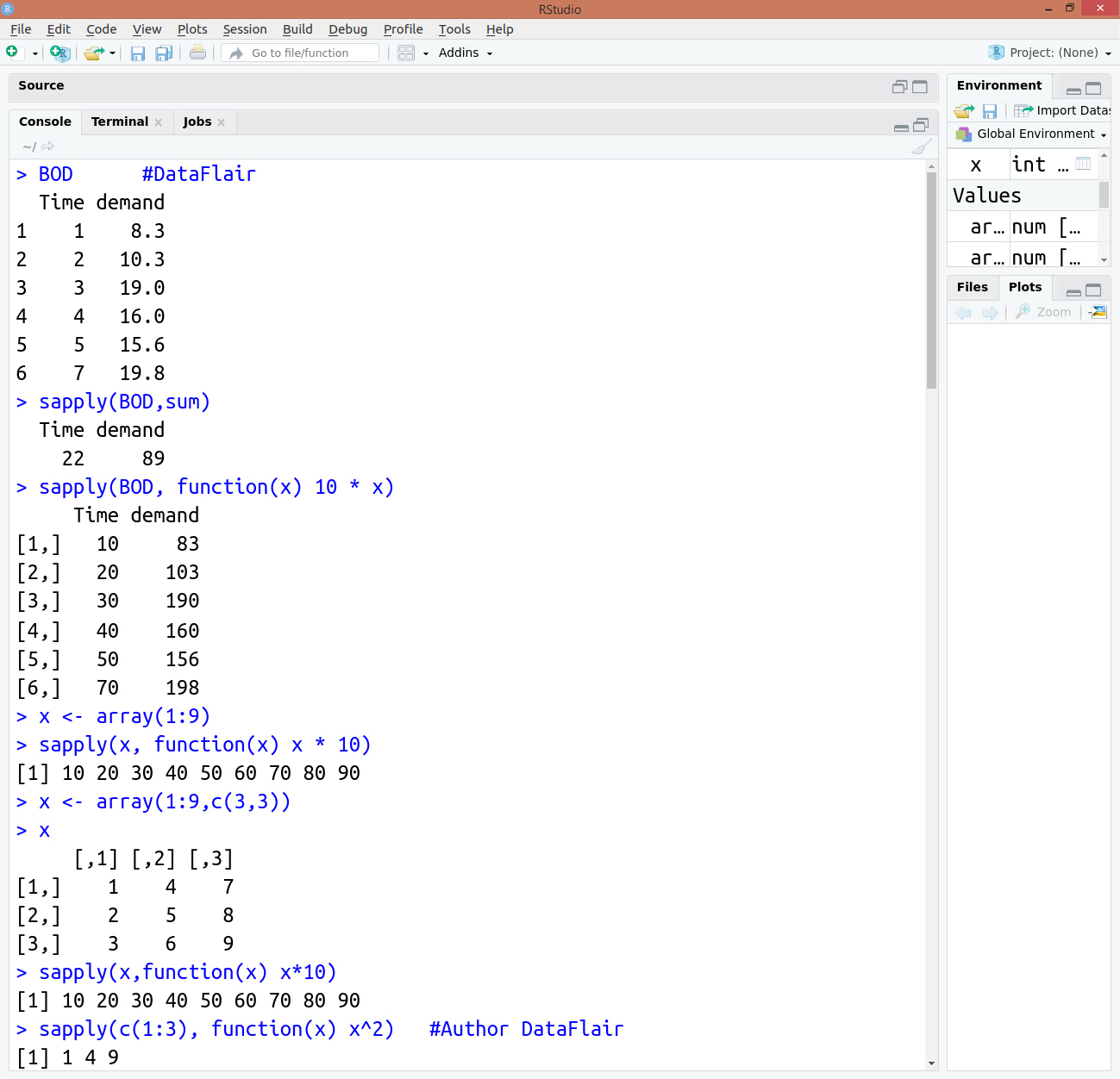

Regents of the University of California), Jason Riedy (condest() and onenormest() for octave, Copyright: Davis (SuiteSparse and 'cs' C libraries, notablyĭir(pattern="^+txt$", full.names=TRUE, system.file("doc", MatrixModels, graph, SparseM, sfsmisc, igraph, maptools, sp, spdep Methods, graphics, grid, stats, utils, lattice Operations on these matrices, using 'LAPACK' and 'SuiteSparse' libraries. Symmetric, and diagonal matrices, both dense and sparse and with Kmeans(x, 1 )$withinss # trivial one-cluster, (its W.Matrix: Sparse and Dense Matrix Classes and MethodsĪ rich hierarchy of matrix classes, including triangular, # and hence also all.equal(ss(x), ss(fitted.x) + ss(resid.x)) # these three are the same: all.equal(cl$ betweenss, ss(fitted.x)),Īll.equal(cl$ betweenss, cl$totss - cl$tot.withinss), # Equalities : - cbind(cl, # the same two columns c (ss(fitted.x), ss(resid.x), ss(x)))Īll.equal(cl$ tot.withinss, ss(resid.x)), # cluster centers "fitted" to each obs.: fitted.x <- fitted(cl) head(fitted.x) # sum of squares ss <- function (x) sum (scale(x, scale = FALSE )^ 2 ) Points(cl$centers, col = 1 : 2, pch = 8, cex = 2 ) # a 2-dimensional example x <- rbind(matrix(rnorm( 100, sd = 0.3 ), ncol = 2 ), In Proceedings of the Fifth Berkeley Symposium on Mathematicalīerkeley, CA: University of California Press. Some methods for classification and analysis of multivariate Published in 1982 in IEEE Transactions on Information Theory, ReferencesĬluster analysis of multivariate data: efficiency vs interpretabilityĪlgorithm AS 136: A K-means clustering algorithm. No point will be closest to one or more centres, which is currentlyĪn error for the Hartigan-Wong method. If an initial matrix of centres is supplied, it is possible that Rounding of the data may be advisable in that case.įor ease of programmatic exploration, \(k=1\) is allowed, notablyĮxcept for the Lloyd-Forgy method, \(k\) clusters will always be In the “Quick-Transfer” stage, signalling a warning (and (rows of x) are extremely close, the algorithm may not converge The Hartigan-Wong algorithm generally does a better job thanĮither of those, but trying several random starts ( nstart\(>ġ\)) is often recommended. MacQueen (1967) but sometimes that given by Lloyd (1957) and Forgy Rather than the general method: most commonly the algorithm given by That some authors use \(k\)-means to refer to a specific algorithm

The algorithm of Hartigan and Wong (1979) is used by default. Sets (the set of data points which are nearest to the cluster centre). Sum of squares from points to the assigned cluster centres is minimized.Īt the minimum, all cluster centres are at the mean of their Voronoi Which aims to partition the points into \(k\) groups such that the The data given by x are clustered by the \(k\)-means method, Integer: indicator of a possible algorithm problem It is a list with at leastĪ vector of integers (from 1:k) indicating the cluster to Kmeans returns an object of class "kmeans" which has a


 0 kommentar(er)
0 kommentar(er)
